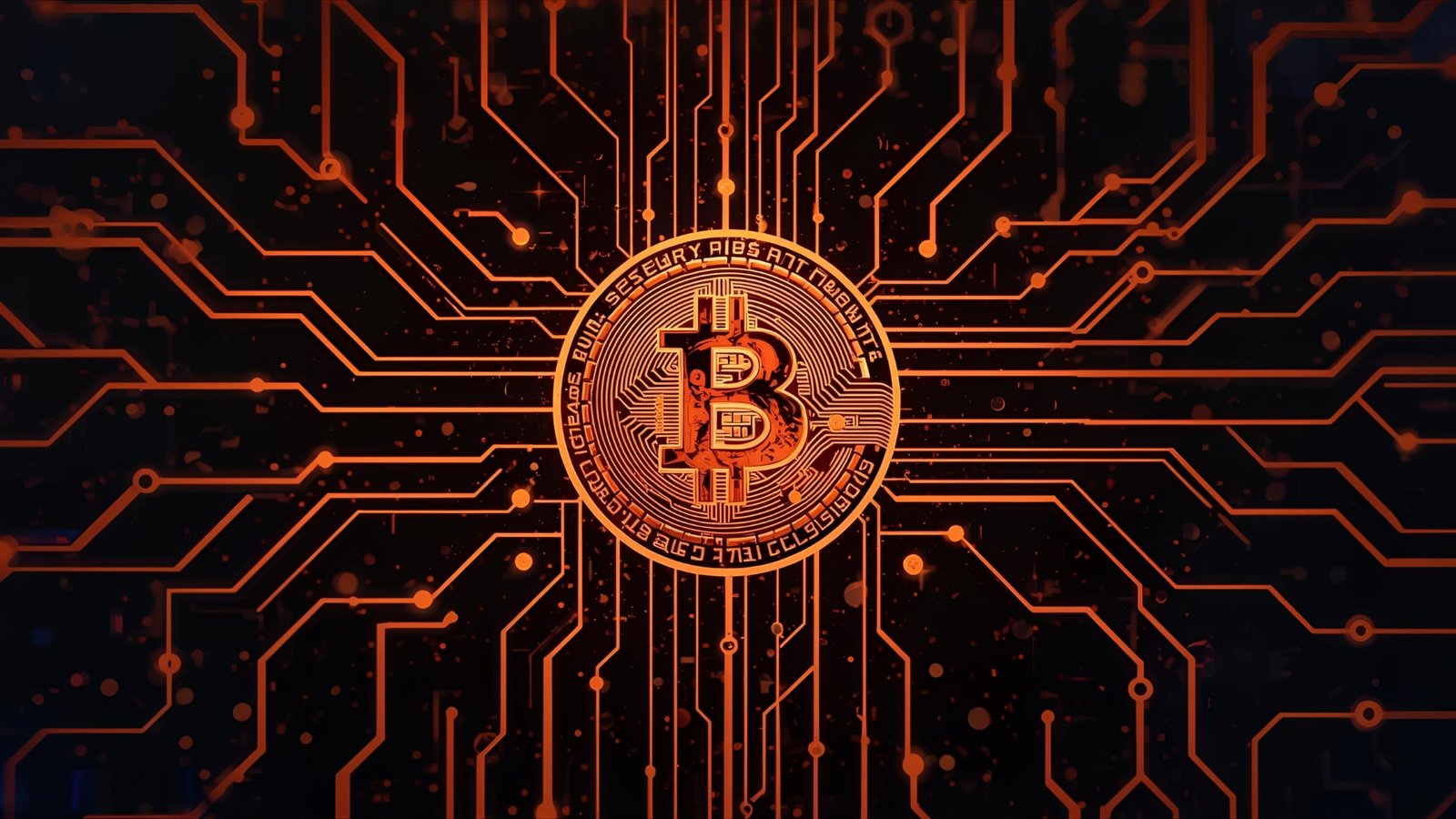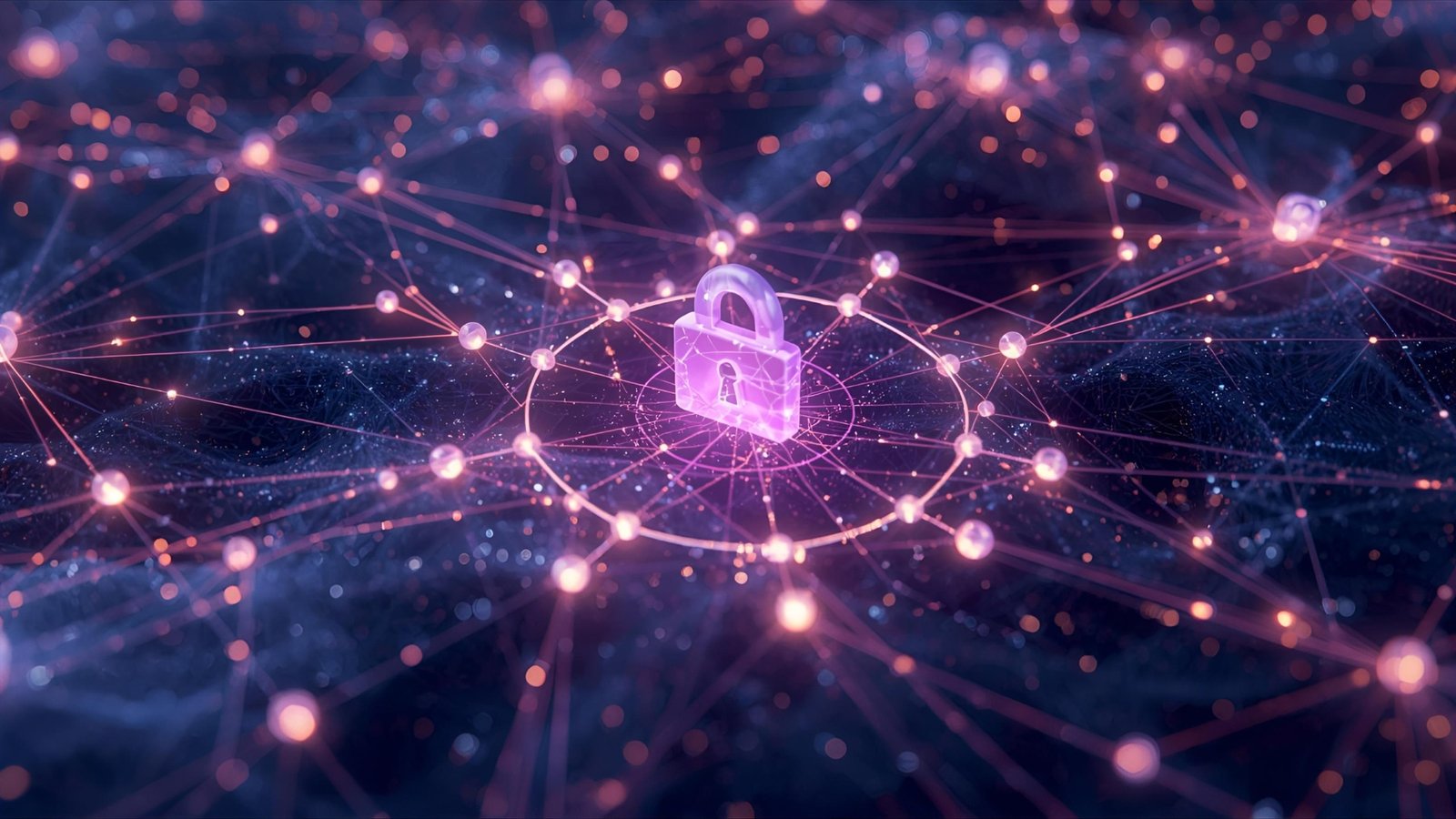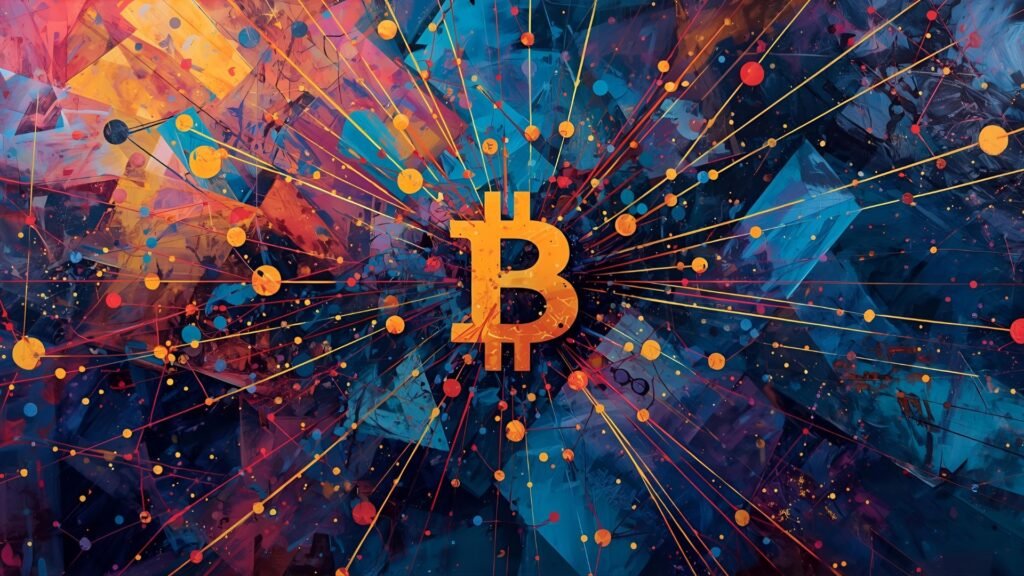If you hold cryptocurrency, your daily gateway to funds, tokens, and decentralized apps is your blockchain wallet log in. It’s the moment where convenience meets security—where you prove you are you, and your transactions remain yours alone. Yet for many newcomers and even seasoned investors, the routine of a blockchain wallet log in can feel confusing, risky, or scattered across too many devices and platforms. This guide clears the fog. You’ll learn how logins actually work,
The difference between custodial and non-custodial access, how to prepare for seamless authentication, and how to fix the most common sign-in issues without jeopardizing your private key or seed phrase. You’ll also see how a secure blockchain wallet log in unlocks the world of Web3 dApps, cross-chain bridges, and DeFi—all while staying compliant and safe. By the end, you’ll have a practical, repeatable process for a frictionless yet fortified blockchain wallet log in on desktop and mobile. Let’s turn access anxiety into confident control.
What Blockchain Wallet Log In Really Means
Contrary to traditional banking, a blockchain wallet log in usually authenticates to software (your wallet app or web extension), not to a centralized bank account. In non-custodial wallets, your identity is established by cryptography: you control a private key derived from a seed phrase. Your “login” is essentially unlocking local credentials, often with biometrics, a device passcode, or a wallet password. For custodial services, a blockchain wallet log in may resemble a standard website login with a username, password, two-factor authentication, and even KYC verification.
In both cases, the login is the threshold to moving assets, interacting with smart contracts, and signing messages. Mastering your blockchain wallet log in is mastering the way you authenticate in a trust-minimized environment.
Why Your Blockchain Wallet Log In Matters

A sloppy or rushed blockchain wallet log in can put your assets at risk. Phishing pages that mimic legitimate wallet UIs, clipboard hijackers that alter addresses, and malicious browser extensions all target the short window between “unlocking” and “signing.” The quality of your login hygiene—your device posture, 2FA, and confirmation habits—dramatically affects your safety. When the stakes include self-custody, every log in is a chance to reinforce good habits that keep your crypto wallet resilient.
Preparing for a Secure Login
Before you attempt any blockchain wallet log in, establish a defensible environment. Install updates for your operating system and wallet app, prune unnecessary extensions, and enable full-disk encryption on laptops and phones. On mobile, lock your device with biometrics and a strong passcode.
On desktop, ensure your browser is up to date and consider a dedicated browser profile for Web3. Save your seed phrase offline, written by hand and stored in a secure location; never photograph or upload it. These steps make every blockchain wallet log in safer by minimizing the attack surface.
Choosing the Right Wallet Type
Your approach to a blockchain wallet log in depends on the wallet you choose:
Non-Custodial Wallets
Here, you own the private keys. Your blockchain wallet log in unlocks a local vault—no centralized password resets. While this maximizes sovereignty, it demands discipline. Lose your seed phrase, and recovery becomes impossible. For power users, options like hardware wallets or air-gapped devices minimize online exposure.
Custodial Wallets
With a custodial provider, your blockchain wallet log in resembles mainstream apps. You’ll use an email/username and password with two-factor authentication. The trade-off: convenience and account recovery in exchange for trusting a third party with custody.
Step-by-Step: A Smooth Blockchain Wallet Log In
A reliable blockchain wallet log in follows a predictable flow that you can repeat across wallets.
Desktop or Browser Extension
First, open only the official wallet website or extension. Bookmark it, and type the URL manually when in doubt. Initiate your blockchain wallet log in by clicking “Unlock” or “Log In.” For non-custodial extensions, you’ll enter a local wallet password (never your seed phrase). If prompted for recovery, close the tab immediately; legitimate unlocks do not request a seed phrase except during initial setup or explicit recovery steps.
When a dApp requests a connection, the wallet will display a domain check. Confirm the domain carefully; your blockchain wallet log in extends to dApp permissions. Review requested scopes before approving. This habit prevents malicious contracts from sneaking in approvals that could drain tokens.
Mobile Wallet Apps
On mobile, a blockchain wallet log in may be as simple as Face ID, fingerprint, or a PIN. Ensure the app is the authentic one from the official store and that you’ve disabled screen overlays that might capture inputs. When scanning a QR code to connect to a desktop dApp, verify the domain displayed in the wallet. Your mobile blockchain wallet log in should integrate with device security for a fast yet reliable unlock, keeping private keys in the secure enclave where possible.
Hardware Wallets
For larger balances, consider a hardware-assisted blockchain wallet log in. You’ll connect the device, enter its PIN, and physically confirm transactions. Because private keys never leave the device, a compromised computer has fewer opportunities to exfiltrate secrets. The feel is different—slower, deliberate, tactile—but that’s the point. Each confirmation becomes a moment of scrutiny.
Security Essentials Every Login Should Include
Because a blockchain wallet log in is your gateway to value, layer defenses from the ground up. Start with strong device hygiene and a unique wallet password where applicable. Enable two-factor authentication for custodial platforms—preferably TOTP rather than SMS.
Use a password manager to generate and store strong credentials. For non-custodial setups, back up your seed phrase offline, split it using Shamir’s Secret Sharing if supported, and test recovery on a spare device before you need it. A rigorous blockchain wallet log in routine also includes inspecting the full address and transaction metadata before signing. Train yourself to pause and verify.
Troubleshooting Common Login Errors
Even the best blockchain wallet log in can hit snags. If your extension won’t unlock, verify that the browser profile matches the one where the wallet was installed, and check for conflicts with other extensions. If a dApp fails to connect after a correct blockchain wallet log in, disconnect and reconnect the site from the wallet’s settings, then clear the dApp cache.
For mobile issues, toggle airplane mode, restart the app, and confirm permissions for the camera and local network. If a custodial site rejects 2FA, resync your TOTP time or use backup codes. Remember: no legitimate login flow requires you to enter your seed phrase on a random pop-up.
Mobile vs. Desktop: Which Is Safer?
A mobile blockchain wallet log in benefits from secure enclaves and biometric gates, and it reduces exposure to rogue desktop extensions. However, desktops often integrate better with dApps, letting you inspect transaction data on a larger screen.
A balanced strategy is common: maintain a hardware wallet for vault-level storage, a mobile non-custodial wallet for quick access, and a desktop wallet or browser extension for dApp interactions—with modest balances. The unifying principle is a consistent, cautious blockchain wallet log in routine across devices.
Custodial vs. Non-Custodial: Implications for Login
Your choice affects the texture of every blockchain wallet log in. Custodial platforms mimic familiar banking with password resets and customer support, but require trust in the custodian’s security and solvency. Non-custodial apps make you the bank; your log in unlocks local cryptography rather than a remote account. There’s no “forgot seed phrase” button.
Each has a place. Many users keep trading funds in a reputable custodian with robust 2FA and withdraw to a non-custodial wallet after trading, protecting long-term holdings with a hardware-assisted blockchain wallet login.
Also Read: Rising Blockchain Fees and Crypto Banking for Startups
Logging In to Use Web3 dApps

A successful blockchain wallet log in opens doors to NFT marketplaces, liquidity pools, and governance votes. When a dApp requests a connection, you’re essentially telling your wallet, “allow this site to view addresses and request signatures.” Review what you’re granting.
For token approvals, limit allowances to exact amounts or revoke them periodically using a reputable token-approval manager. Each signature is data with consequences; treat it with the same caution as your blockchain wallet log in itself.
Addressing Phishing, Spoofs, and Fake Prompts
Attackers thrive on urgency and imitation. A fake pop-up that imitates your wallet can trick you into an unsafe blockchain wallet login or, worse, into entering your seed phrase. Defend with habits: pin your official wallet extension, bookmark the correct URLs, and read the full domain on any prompt. Never click login links sent over unsolicited DMs. When in doubt, initiate your blockchain wallet log in from your own trusted path, not from a link you were given.
Compliance and Privacy Considerations
Depending on jurisdiction and use case, a custodial blockchain wallet log in may involve KYC and AML checks. Non-custodial wallets typically avoid identity steps, but privacy on public ledgers is nuanced. Consider privacy wallets, CoinJoin alternatives where legal, and careful address management. If compliance matters for your business, prefer providers that document their controls without over-collecting data, and keep audit trails of each blockchain wallet log in, including IP allowlists and hardware keys, where supported.
Advanced Defenses for High-Value Logins
When protecting sizable holdings, build your blockchain wallet log in around layered controls. Multi-signature schemes distribute signing power across devices or people, so a single compromised login won’t move funds. Policy engines can restrict transactions by amount, address type, or schedule. For organizations, assign roles with limited scopes so that daily blockchain wallet log in users can’t authorize extraordinary transfers. Pair these with hardware wallets and secure enclaves, and rehearse disaster recovery with documented procedures.
Future Trends in Wallet Login and UX
The next generation of blockchain wallet log in is moving toward passkeys, account abstraction, and social recovery. Passkeys replace passwords with device-bound cryptographic credentials. Account abstraction allows smart-contract wallets to implement custom login flows, spending limits, session keys for dApps, and gas sponsorship for better UX. Social recovery lets trusted guardians help restore access without exposing the full seed phrase. All aim to make a blockchain wallet log in both simpler and safer, bridging the gap between Web2 familiarity and Web3 sovereignty.
Common Mistakes to Avoid
The most dangerous error is treating a blockchain wallet log in like a throwaway click. Copying addresses without checking the first and last characters, approving token allowances without amounts, or typing a seed into a browser form are predictable paths to loss. Another frequent mistake is reusing passwords for custodial logins, undermining 2FA with weak credentials. Finally, skipping updates or installing wallets from unofficial links can corrupt even the best blockchain wallet log in practices.
Putting It All Together
A safe, repeatable blockchain wallet log in is a ritual: prepare the device, open the verified app or site, confirm the domain, unlock locally or authenticate with 2FA, and read every permission or signature request. With that rhythm, you transform logins from a point of fear into a moment of control. Whether you’re minting an NFT, bridging assets, or staking in a new protocol, the security of each action starts with how you log in.
Conclusion
Your blockchain wallet log in is more than a button—it’s a boundary. When you treat it with the respect it deserves, you gain the confidence to navigate Web3 without sacrificing safety or speed. Choose the right wallet model for your needs, strengthen device and account security, slow down when reviewing requests, and practice recovery before you need it. With a disciplined blockchain wallet log in routine, you’ll enjoy the best of crypto—ownership, flexibility, and opportunity—on your own terms.
FAQs
How do I recover access if I forget my non-custodial wallet password?
For non-custodial wallets, your password unlocks local storage but does not control your keys. If you forget it, reinstall the wallet and import using your seed phrase. Because a blockchain wallet log in with a seed is highly sensitive, do this offline if possible and only within the official app. If you lost the seed, recovery is not possible.
Should I use SMS or an authenticator app for 2FA on custodial platforms?
Prefer TOTP authenticator apps or hardware security keys over SMS, which is vulnerable to SIM-swap attacks. Your custodial blockchain wallet log in should pair a strong, unique password with TOTP and, where available, a hardware key. Store backup codes in an offline vault.
Is a hardware wallet necessary for small balances?
Not strictly. A mobile crypto wallet with biometrics and a careful blockchain wallet log in routine can be adequate for small amounts. For larger holdings or long-term storage, a hardware wallet adds meaningful protection because your private keys never touch an internet-connected device.
Why do dApps ask me to sign messages after I log in?
Connecting a wallet and signing a message are how dApps confirm ownership of an address and authorize actions. Even after a blockchain wallet log in, you must explicitly sign to grant permissions or submit transactions. Read each prompt; don’t sign opaque or confusing data.
How can I tell if a login page is phishing?
Check the full domain, certificate information, and UI details like spelling and layout. Access the site from your bookmark, not from links in emails or DMs. If a page asks for your seed phrase as part of a routine blockchain wallet log in, it is almost certainly malicious—close it immediately and report the site.

